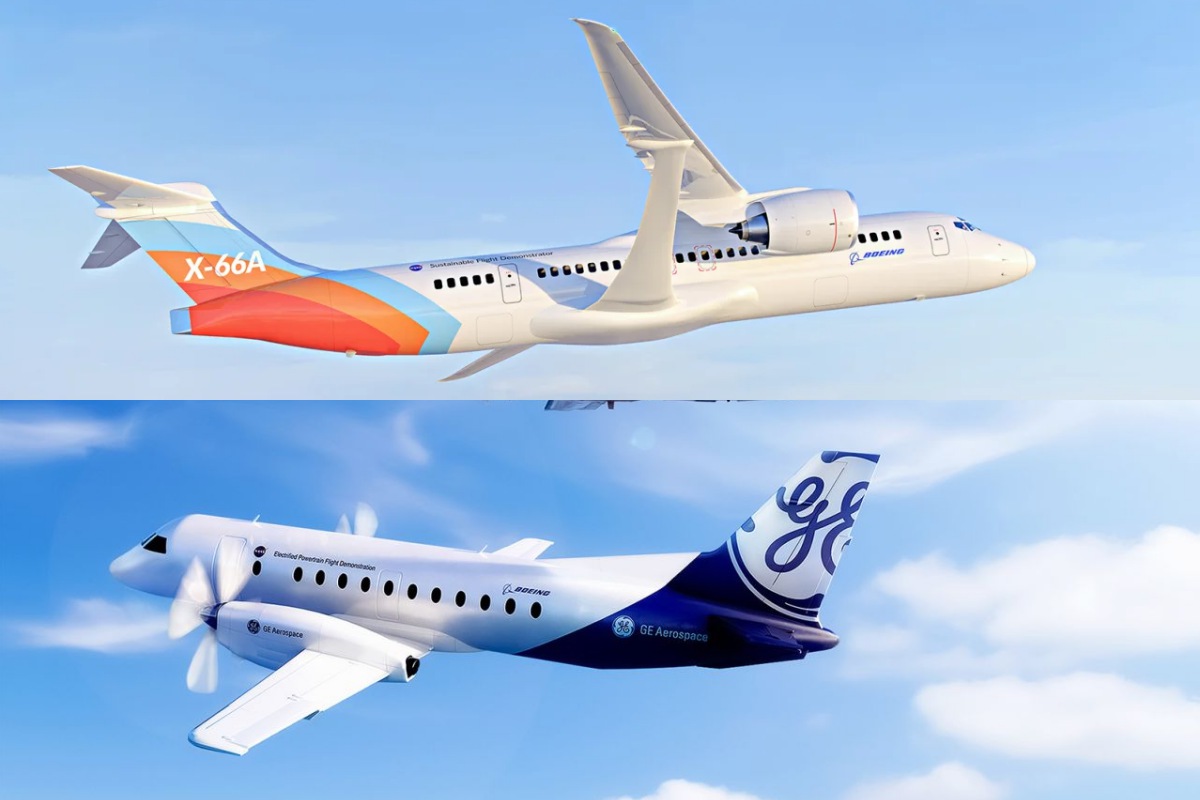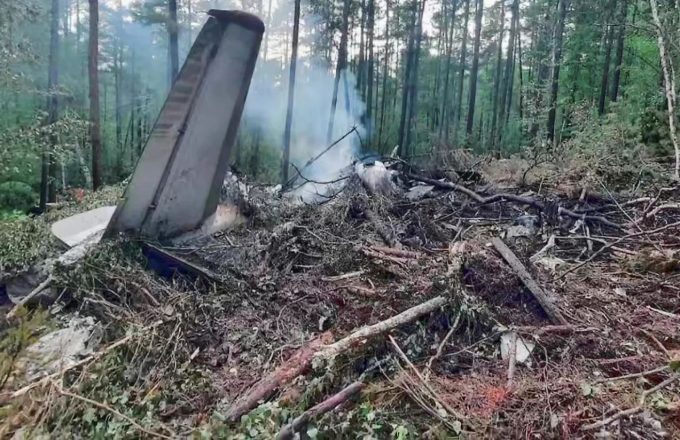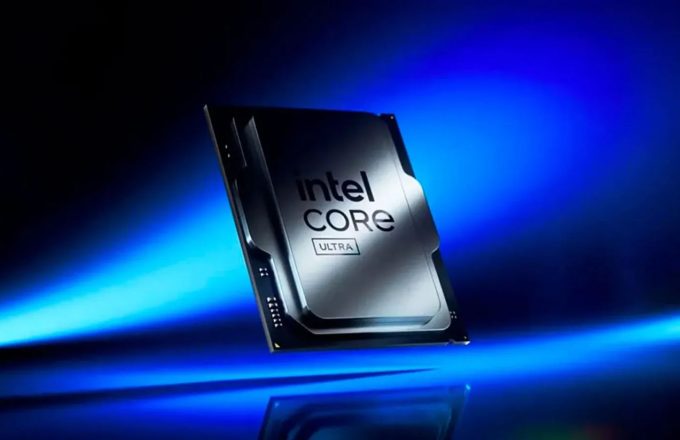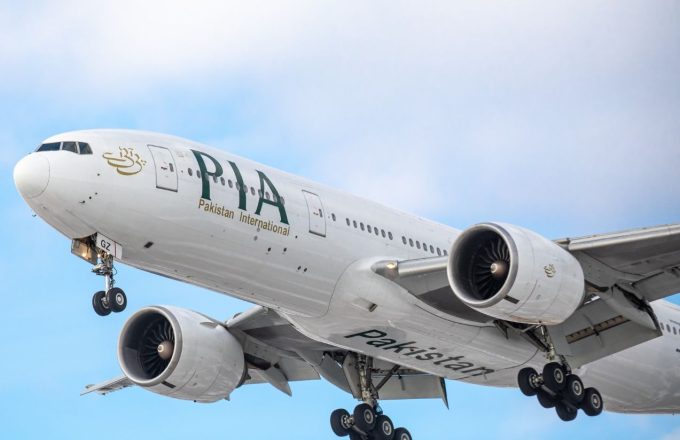NASA revealed two designs for its most ambitious aircraft project. These are aiming to be the next generation of sustainable flights and are going to be helping the environment. Moreover, they will represent a significant reduction in fuel usage. In order to achieve the project, NASA will be joining forces with a number of companies to conduct the production of these sustainable airplanes.
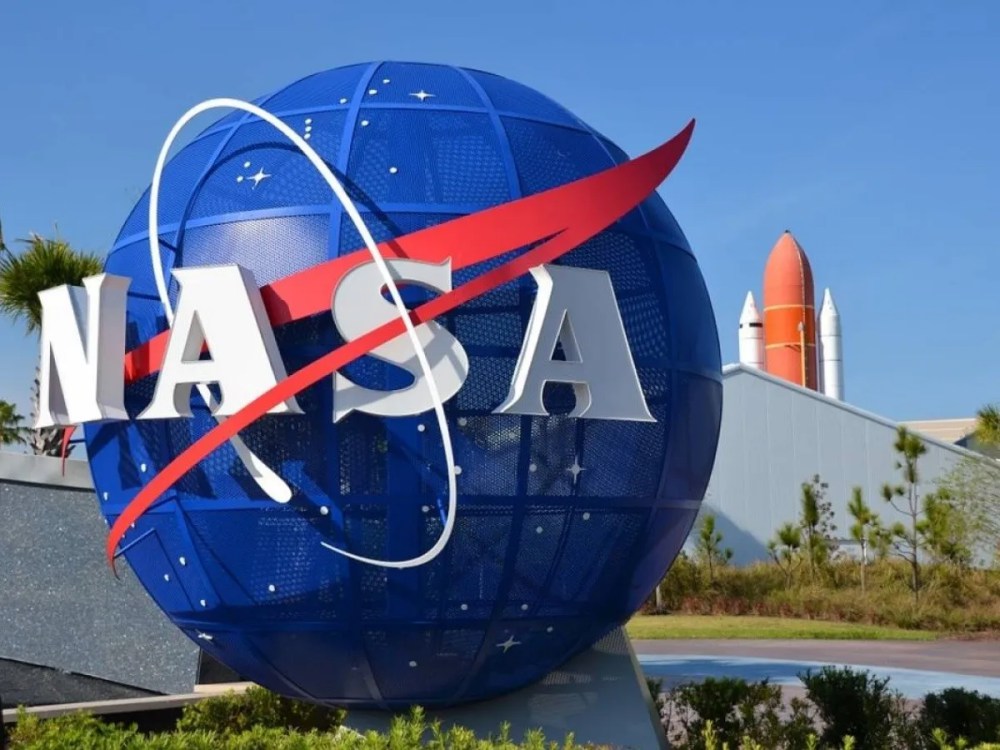
In the first place, there is the X-66A aircraft, which was done in a collaborative effort between NASA and Boeing. Both companies have worked together as part of their Sustainable Flight Demonstrator project, which has the goal of building a single-aisle plane that reduces emissions before the end of the decade. About this positive development for the environment, NASA Administrator, Bill Nelson, said in a statement in January:
“It’s our goal that NASA’s partnership with Boeing to produce and test a full-scale demonstrator will help lead to future commercial airliners that are more fuel efficient, with benefits to the environment, the commercial aviation industry, and to passengers worldwide. If we are successful, we may see these technologies in planes that the public takes to the skies in the 2030s.”
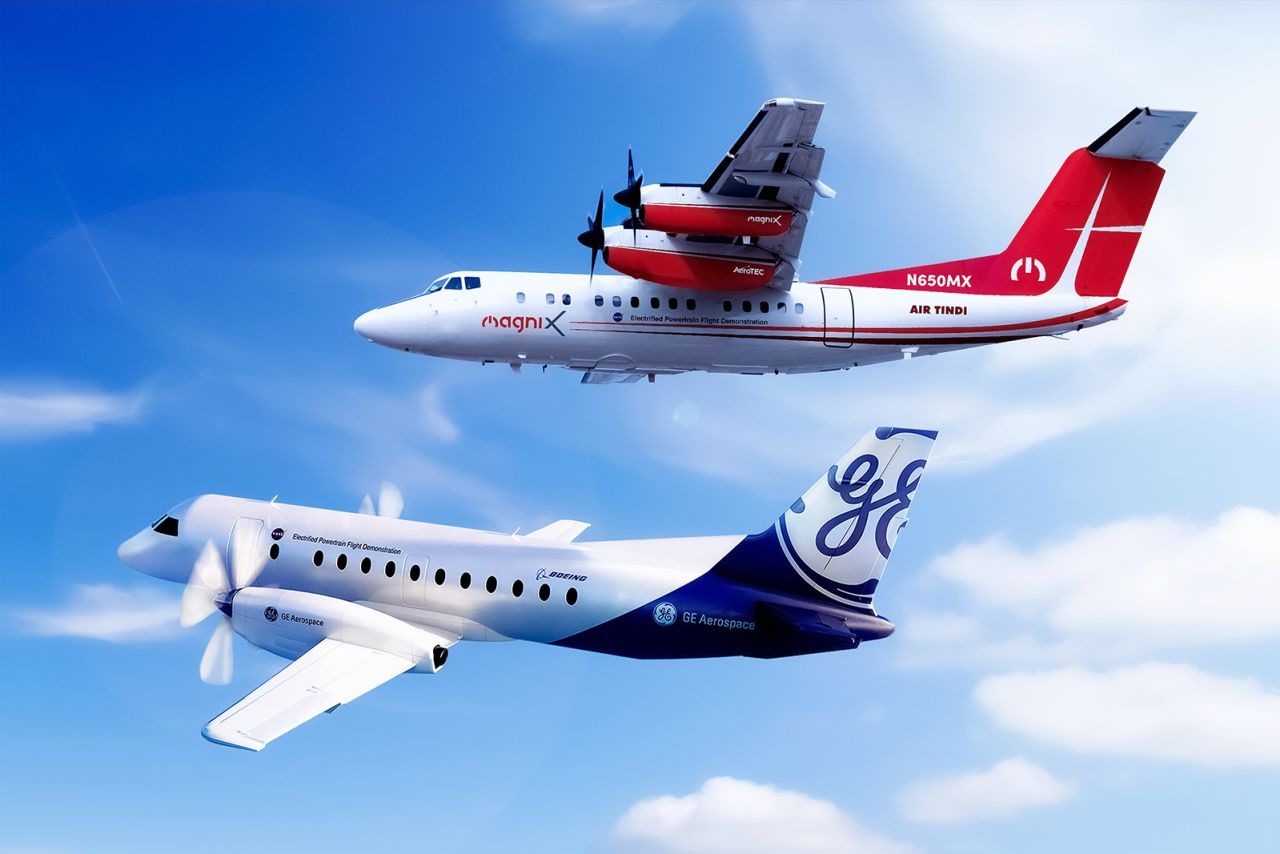
Thanks to the production of these aircraft, NASA and Boeing would reduce fuel consumption and decrease emissions by up to thirty percent. If the recent landscape in aircraft is compared, the reduction could be a considered milestone in the air industry. Also, this decrease is very significant because it points out that there is still a large room for improvement when it comes to fuel consumption and the number of emissions air transportation makes in the environment.
In addition, other planes set to get a new look are the hybrid electric aircraft by GE Aerospace and MagniX. These are being developed as part of NASA’s Electrified Powertrain Flight Demonstration (EPFD) project. In this sense, the project would look at ways to enable new generations of electric aircraft. In order to do this, NASA is collaborating with different companies in the industry to produce materials that improve fuels and reduce polluting emissions.


